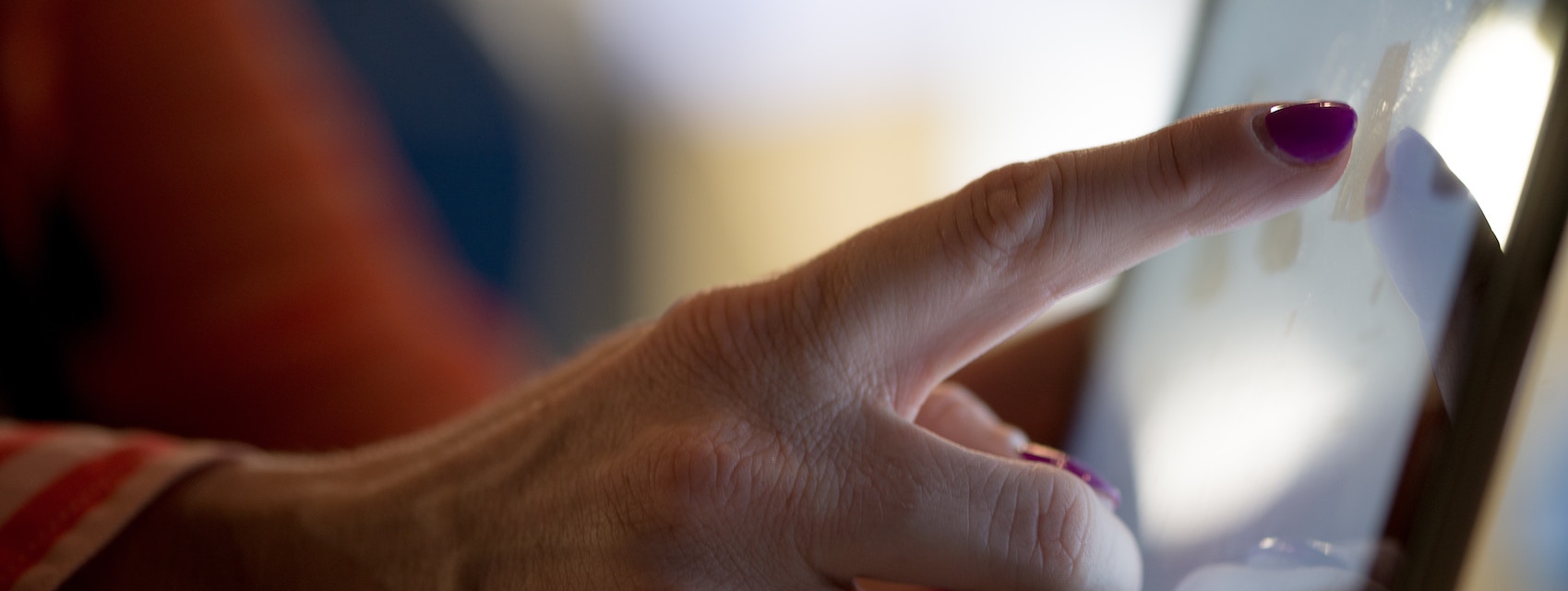Bricks & Mortar retailers won’t die, they’ll evolve. Donna North, Dressipi’s Co-Founder discusses a new and exciting phase of retail.
A New Phase of Retail - The Evolution of Bricks & Mortar Retailers
Contrary to the hyperbole and prediction of the demise of the high street, a new excitement is emerging among retailers.
Recent reports published by the likes of PWC (covered by Business Insider) have revealed that despite what would be expected in today’s digital age, young shoppers prefer to shop in-store - ‘81% of young Gen Z respondents said they preferred to shop in stores, while 40% said they will only shop in stores.’ Furthermore, the brands the younger generations are mostly purchasing (online or in-store) are those that already have a physical presence.
Such evidence has caused the conversation to finally switch focus from high street doom and gloom to a new phase of retail. Bricks & mortar retailers won’t die - they will evolve, and they have every chance of succeeding if they focus on joining their exceptional knowledge with the right tools and services. This will result in the creation of the best experiences for their specific customers.
Firstly, retailers need to put the basics in place by:
- Integrating solutions that collect data everywhere the shopper interacts with the brand
- Creating a single view of the customer
- Having the ability to locate a product in as close to real-time as possible
Secondly, a review of models and targets used by finance and management would be advantageous. Some of the old models (e.g. sales per square foot, channel-specific sales & marketing attribution, last click attribution etc) are not analyzing the metrics which are key to long-term success. This makes it difficult to not only introduce new services and make the right decisions that will drive repeatable sales conversion and longer lifetime value but also correctly evaluate the contribution of each of the touchpoints as shoppers traverse channels.
Once the basics are in place, the focus should be on removing friction from the shopping journey, adding motivation (explored later in this post) and being set up to quickly experiment with new experiences to land the ones that are unique and memorable for each brand.
While any single customer will want different things at different times, no shopper wants a terrible experience. Stores have been slow, up to now, to eradicate the three worst offenders in terms of poor in-store experiences:
- Size availability
- Long changing room queues
- Painful checkout
It’s these three pain points that drive shoppers into the arms of online – yet they are all straightforward to resolve.
Adding motivation requires a mix of approaches – but at the core is one to one personalization. Without knowing each shopper at an individual level it’s impossible to understand the intent at that specific point in time and to respond appropriately. While motivation is driven by need or inspiration, it is mostly self-serving. Having access to data and insight that can predict consumers behavior in real time (or in some cases ahead of time) will be essential.
For example, if a retailer knows I am in the market for a new dress they could tailor my shopping experience to suit, guiding me to the best possible products and giving me the confidence to purchase it by showing me how I can wear it with the jacket I bought last week. This is a real advantage for the bricks & mortar retailers who have the greatest opportunity since well over 80% of transactions take place in-store.
Finally, there are the new experiences which in our opinion will be driven by the mix of data, technology, machine learning and humans all working together.
The shopper who enters the store has high expectations of the experience, not just the purchase, and this is where retailers can excel. A physical space can evoke emotion and drive a connection, which is far more difficult to conjure in an online environment. The key here will be agility. Whilst the basics will be omnipresent (recognition, data collection, personalization, frictionless try on, collect and check out), the future experiences will continually evolve and serve a range of purposes from creating brand affinity, rewarding loyalty, helping shoppers discover and learn or just promoting convenience, such as Zara’s self-service check out.
Without a doubt, there’s an exciting momentum building which is a win-win for consumers and retailers alike.
If you are interested in a demo to see how we could provide our personalization solutions for you and reduce return rates by 5% percentage points, Schedule A Free Consultation today.
Header Photo by Timothy Muza on Unsplash

